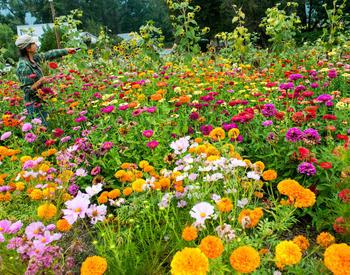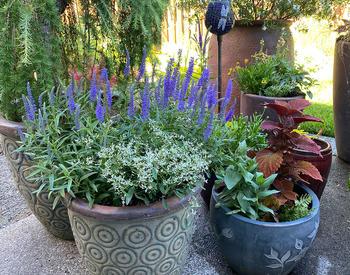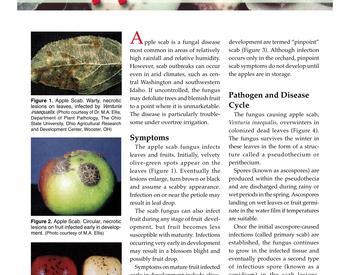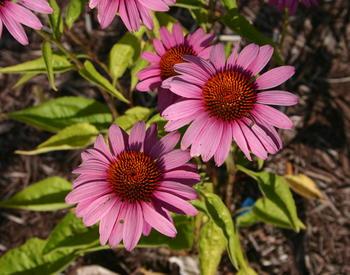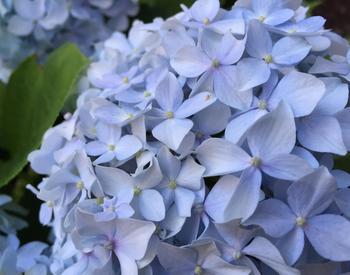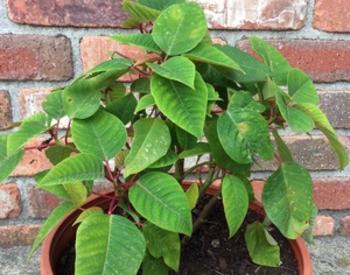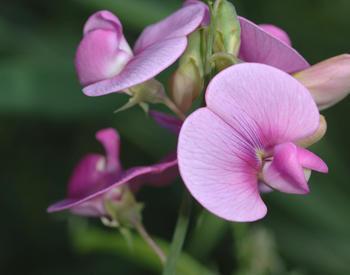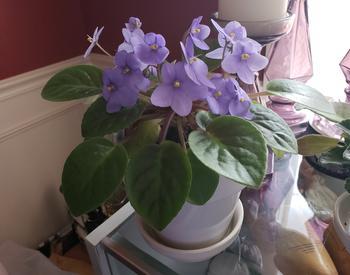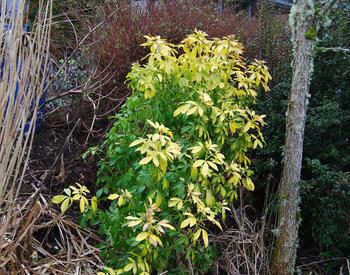AURORA, Ore. - Rhododendrons and azaleas herald spring in Oregon. And spring is a good time to give these beautiful shrubs the care they deserve.
There are a number of things home gardeners can do to keep rhodies and azaleas long-lived and healthy, according to Jan McNeilan, retired horticulturist with Oregon State University Extension Service.
As with all health check-ups, start with a physical examination. Look for symptoms of nutrient deficiency, such as pale green or dwarfed leaves, which may indicate a lack of nitrogen. Yellow mottling along the leaf margins may indicate an excess of potassium. If the leaves are smaller and darker green than normal and the tips are dead, your shrub may need phosphorus. Yellow or yellow-white (chlorotic) leaves may mean there is too much calcium, which can be leached from sidewalks and foundations. When the soil pH is too high for acid loving rhodies, some nutrients are tied up in the soil and unavailable to the plant.
Be mindful of past weather conditions when looking at physical symptoms. Leaves can be discolored from hot sun or winter frost. Also, as the interior leaves of the plant are shaded out, they may turn yellow and drop off, which is a normal process called senescence.
When flowers fade, remove or "dead-head" the spent clusters. Be careful to snap off flower heads, and not leaf shoots. This will keep the plant from using energy to form seed heads and removes a hiding place for overwintering insects.
But don't despair, says McNeilan. If you don't get around to deadheading, the plant will survive your "less than perfection" gardening techniques.
Otherwise, rhododendrons require very little pruning unless branches are dead or injured. If you have older shrubs that have grown spindly, you can rejuvenate them by heavy pruning. The best time to prune these plants is soon after flowering, so not to interfere with flower bud formation for the following year.
Rhododendrons and azaleas prefer slightly acid soils. Fertilizer is best applied soon after flowering in the spring. Organic fertilizers are a bit more costly, but are released slowly and need to be applied less frequently than chemical fertilizers. Do not apply fertilizer after mid-July, or the plant may not be completely dormant by winter. Avoid the use of lime or alkaline fertilizers.
With shallow, fibrous root systems, rhododendrons and azaleas need ample water during the summer. Make sure to water them deeply. If they are planted under wide-eave overhangs, they will need water throughout the entire year. Avoid hoeing or raking too deeply around the plants. Use mulches such as sawdust, bark dust, straw or other organic materials to inhibit weeds, provide more uniform soil temperatures and conserve moisture.
